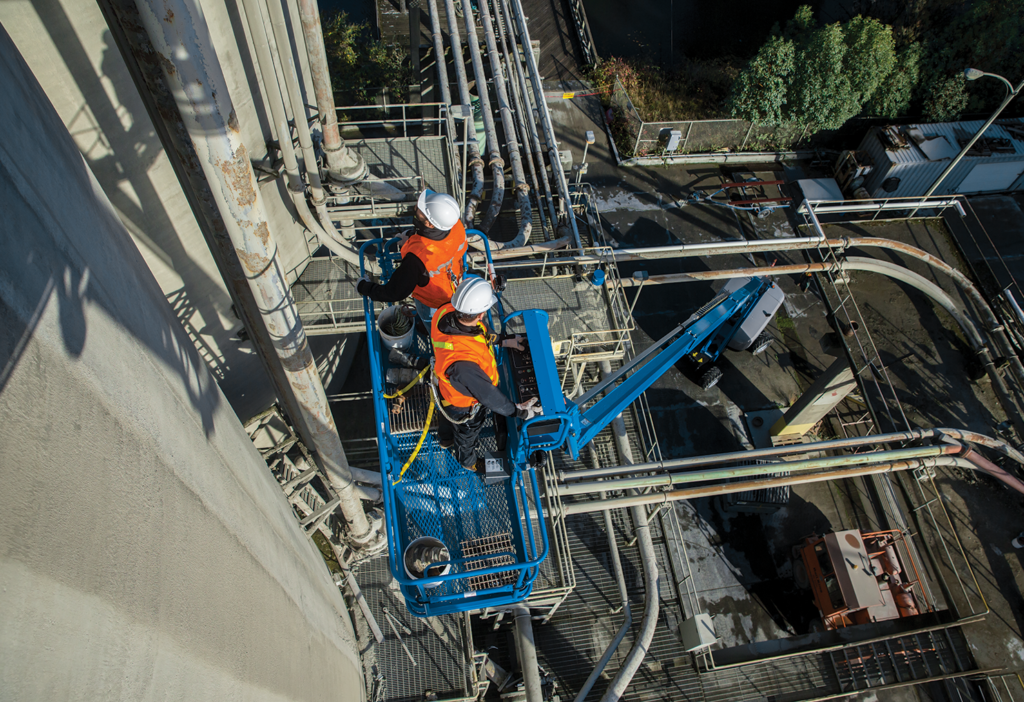All About Oil Field Equipment and Pipeline Equipment: Key Insights and Important Information
Oil field equipment and pipeline systems play a critical role in the oil and gas industry. They are important for the reliable extraction and transport of hydrocarbons. Key components, such as drilling rigs and storage space containers, straight influence functional success. On the other hand, improvements in modern technology promise to improve safety and security and performance. Understanding these aspects is important for anyone associated with or interested in this complicated industry, as it establishes the stage for deeper expedition of market methods.

Overview of Oil Field Equipment
As the demand for oil continues to expand, recognizing the tools utilized in oil fields becomes progressively necessary. Oil field equipment includes a variety of machinery and devices vital for exploration, removal, and handling. Trick parts consist of piercing rigs, which are crucial for reaching oil reservoirs, and manufacturing tools, such as separators and pumps, that promote the removal process. Superior Oilfield Rentals. Additionally, tank play a substantial function in holding petroleum prior to transport. Safety and security devices, consisting of blowout preventers and pressure assesses, assures functional security and efficiency. Each item of equipment functions cohesively to optimize manufacturing and keep efficient operations. Knowledge with this equipment is necessary for specialists in the industry to guarantee successful procedures and adherence to safety and security standards
Kinds Of Drilling Rigs and Their Applications
Drilling rigs act as the foundation of oil extraction procedures, with numerous types developed for details geological problems and operational needs. The most common kinds include rotary exploration rigs, which utilize a revolving drill little bit to penetrate the planet, and cable tool rigs, known for their percussion exploration approach. For overseas procedures, jack-up rigs and semi-submersible rigs offer security and assistance in marine environments. In addition, directional drilling rigs make it possible for operators to drill at angles, reaching down payments that are not up and down easily accessible. Each rig kind has distinct advantages, maximizing performance and safety based upon the boring setting. Picking the suitable rig is necessary for making best use of resource extraction while reducing environmental effect and functional costs.

Necessary Pipeline Equipment and Their Features
Pipeline framework is necessary for the transport of oil and gas from removal websites to refining facilities and end-users. Numerous necessary equipment components facilitate this process. Pipes themselves work as the primary avenues, created to stand up to high pressure and destructive substances. Pump terminals are essential for preserving circulation by enhancing pressure along the pipeline. Shutoffs play an essential role in managing flow and isolating areas for upkeep. In addition, fittings and connectors ensure safe joints in between pipe sections. Keeping an eye on systems, consisting of circulation meters and stress sensors, are crucial for spotting leakages and optimizing circulation prices. Pigging devices is used for upkeep and cleansing, securing pipeline honesty and performance. With each other, these elements create the backbone of a trustworthy pipeline system.
Developments and Technologies in Oil and Gas Equipment

Safety and Upkeep Practices in the Oil Industry
While the oil sector has made substantial strides in innovation and efficiency, the value of robust safety and maintenance practices can not be overemphasized. Effective safety and security protocols are important to secure employees and the environment, reducing the risk of accidents and spills. Regular inspections and upkeep of devices help identify potential issues prior to they rise, making sure operational honesty. Training programs for employees are vital, emphasizing the value of safety and security understanding and emergency feedback treatments. Additionally, adherence to market laws and standards cultivates a society of safety. Carrying out sophisticated monitoring modern technologies can even more boost maintenance techniques, permitting real-time evaluations of tools conditions. Eventually, prioritizing security and maintenance is integral to the sustainability and success of the oil sector.
Regularly Asked Questions
What Are the Environmental Impacts of Oil Field Equipment?
The ecological effects of oil field equipment consist of environment devastation, water contamination, and air pollution (Superior Oilfield Rentals). Furthermore, equipment breakdown can cause spills, negatively influencing wild animals and ecosystems, highlighting the need for stringent laws and monitoring
Just How Is Oil Field Equipment Transferred to Remote Locations?
Transporting oil field equipment to remote locations often involves specific cars, helicopters, or barges. Logistics see post firms coordinate paths, guaranteeing equipment shows up safely and efficiently, thinking about surface and access to minimize hold-ups and take full advantage of productivity.
What Regulatory Specifications Govern Oil Field Equipment?
Regulatory criteria regulating oil field equipment primarily consist of security, environmental management, and operational performance guidelines. Agencies such as OSHA and EPA implement these laws to ensure safe techniques and minimize eco-friendly influence in oil removal operations.
What Skills Are Required to Operate Oil Field Equipment?

Exactly How Do Oil Costs Influence Equipment Demand and Use?
Oil prices substantially affect tools demand and use. Greater costs typically lead to increased exploration and production tasks, driving demand for equipment. Conversely, lower prices may cause reduced procedures and lowered need for equipment.